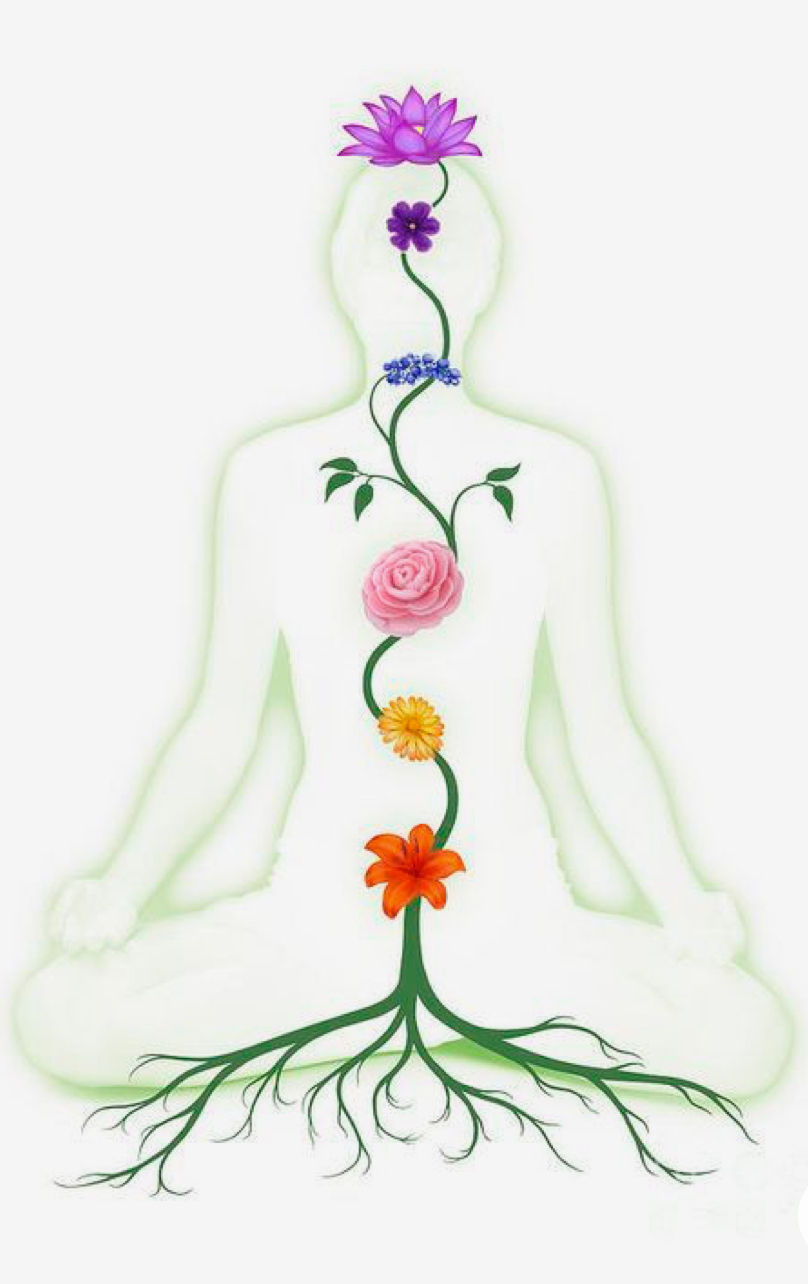- Aum shanti book & crystals

- Jan 24, 2021
Ramana Maharshi (1879 – 1950) was a Hindu sage and jivanmukta. Ramana Maharshi’s teachings emphasize the personal experience of self-realization.

Ramana Maharshi was born Venkataraman Iyer, but is mostly known by the name Bhagavan Sri Ramana Maharshi. From 1922 until his death in 1950 Ramana lived in Sri Ramanasramam, the ashram that developed near his mother's tomb. In 1931 a biography of Ramana Maharshi, Self Realisation: The Life and Teachings of Ramana Maharshi, written by B. V. Narasimha, was published. Ramana Maharshi then became relatively well known in and out of India. Paul Brunton, having first visited Ramana Maharshi in January 1931 and published the book, A Search in Secret India in 1935. In this book he describes how he was compelled by the Paramacharya of Kanchi to meet Ramana Maharshi and the effect his meeting had on him. The book was a best-seller, and introduced Ramana Maharshi to a wider audience. Resulting visitors included Paramahansa Yogananda, author Somerset Maugham, Mercedes de Acosta and Arthur Osborne. Osborne was the first editor of Mountain Path in 1964, the magazine published by Ramanasramam.
Since the 1930s his teachings have been popularized in the West, resulting in his worldwide recognition as an enlightened being. Ramana Maharshi emphasized the personal experience of self-realization, instead of philosophical argumentation and the study of scripture. He was a charismatic person who attracted many devotees, some of whom saw him as an avatar and the embodiment of Shiva. Ramana Maharshi also provided an example by his own devotion to Shiva, which has been extensively described by his devotees, such as walks around the holy hill Arunachala, in which devotees participated, and his hymns to Arunachala.







